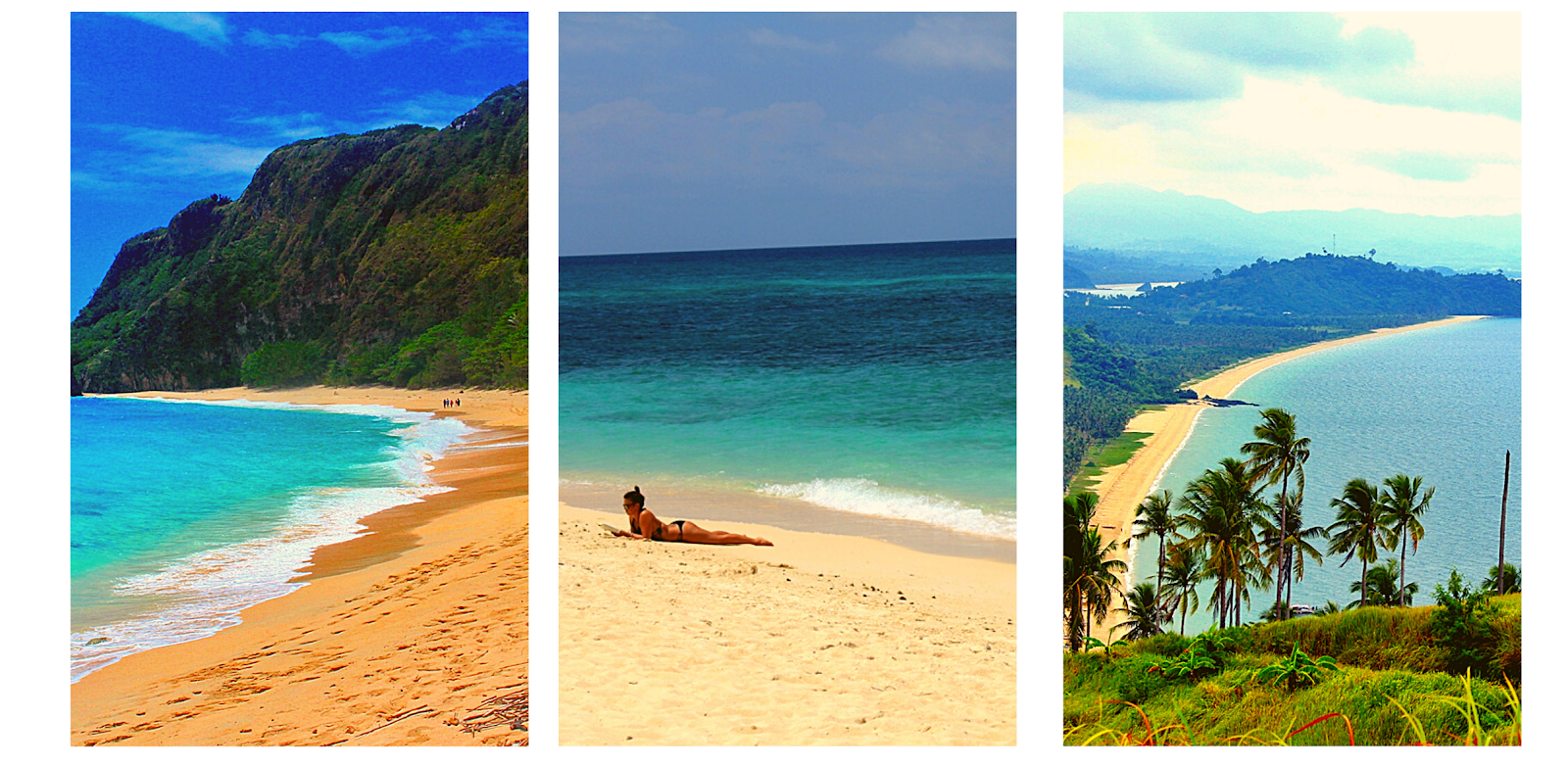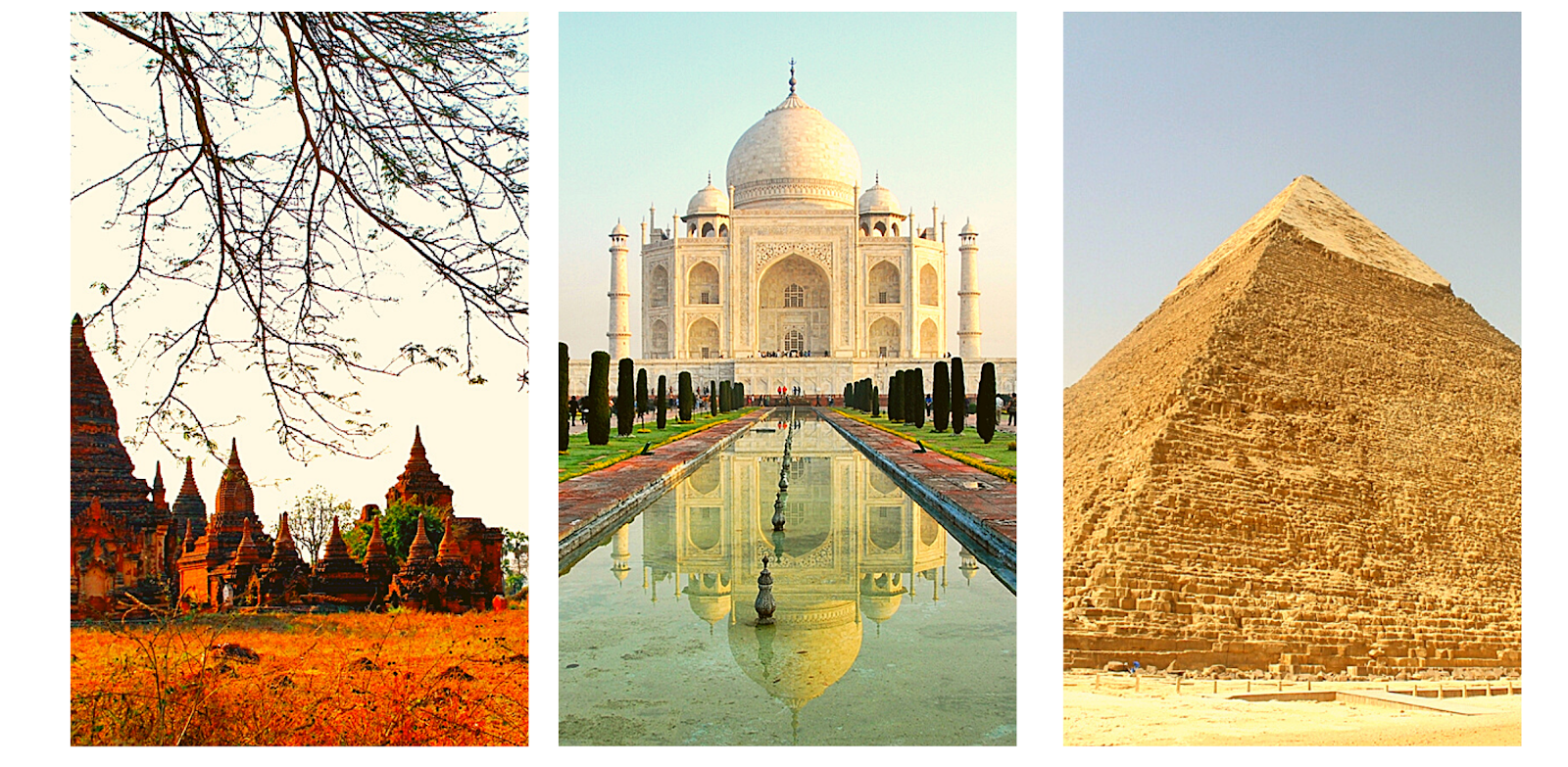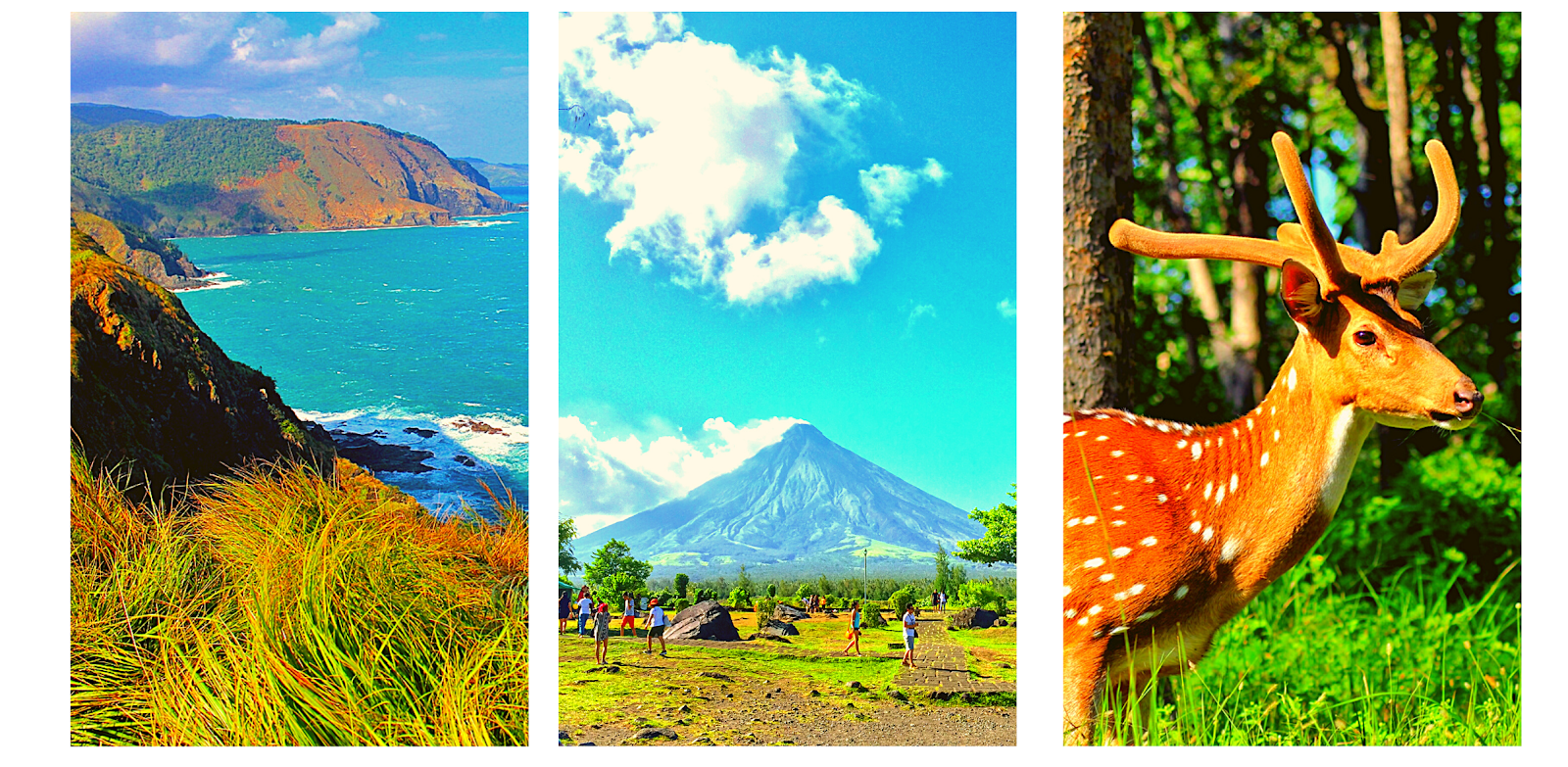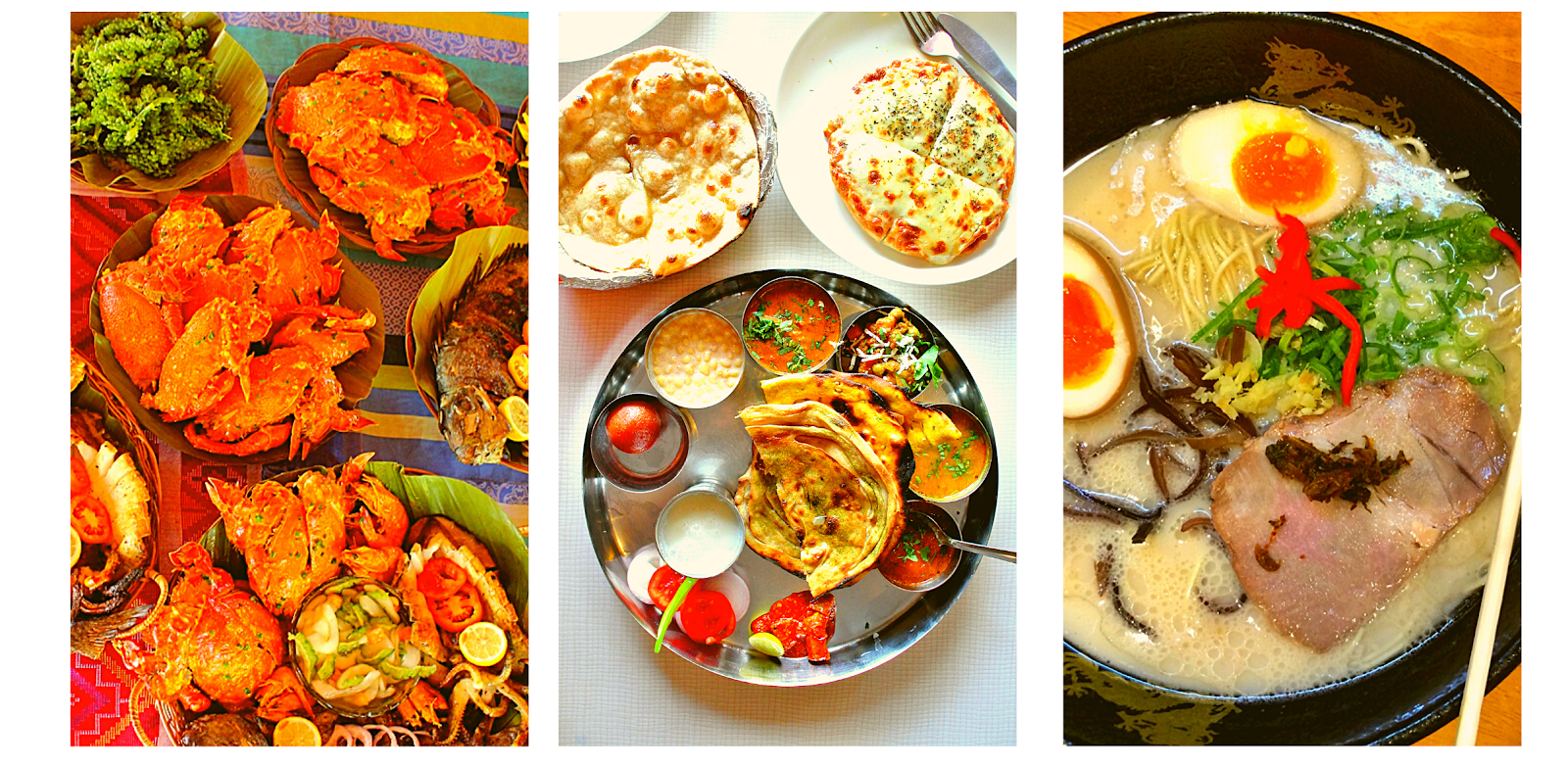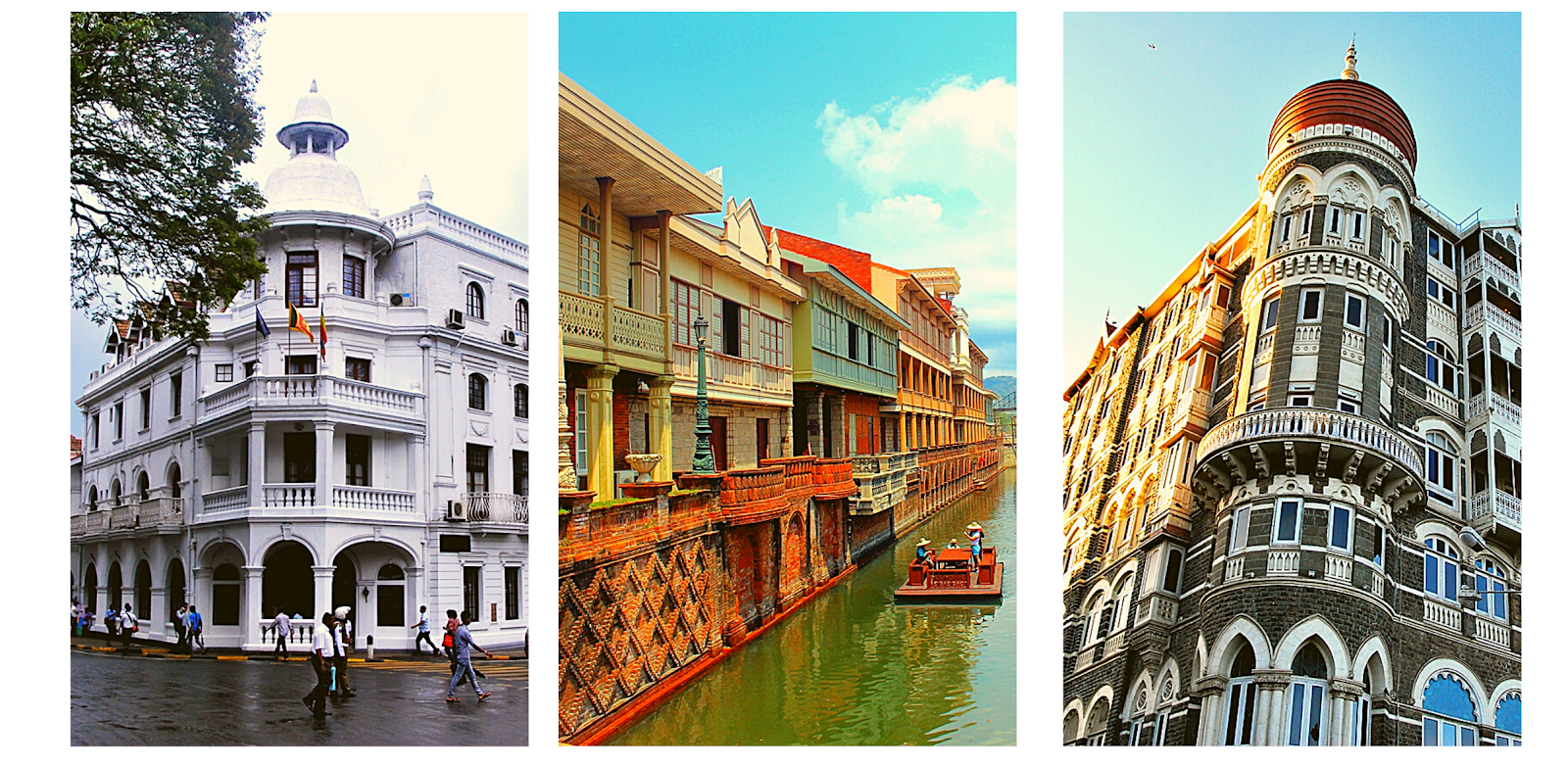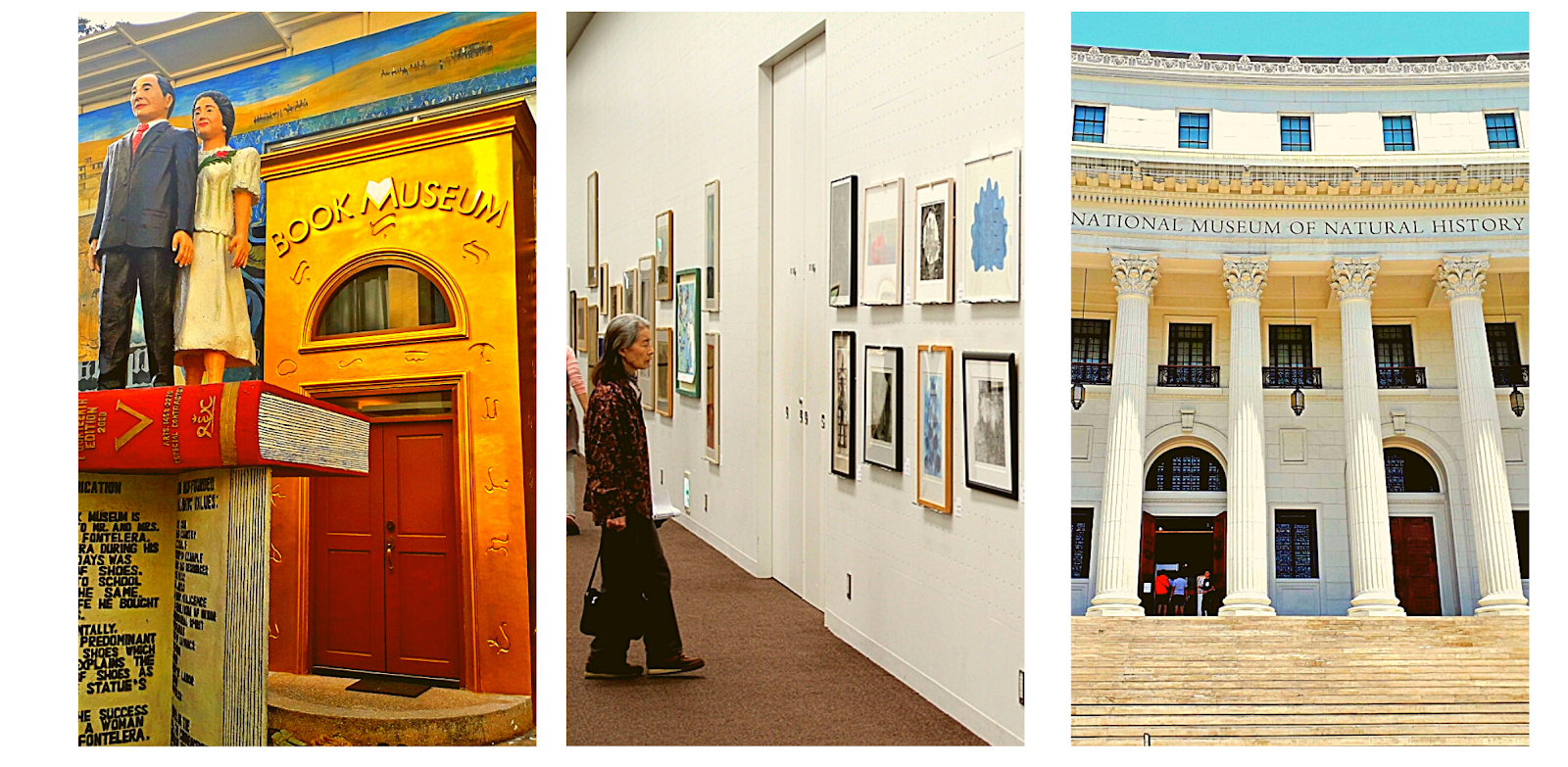I grew up watching a battalion of Vietnam War movies and TV shows. From "Platoon", "Born on the 4th of July", "Full Metal Jacket", "Hamburger Hill" and even Chuck Norris' "Missing in Action" series. I've forever associated Vietnam with that brutal part of its history. Fast forward to today, I see the city of Ho Chi Minh as a country miles away from that bloody image of Saigon during the war. The peace-time version has disengaged my mind from its former image. Better be, because the end of Vietnam War happened almost 37 years ago. It was on the day of April 30, 1975 when a tank belonging to the North Vietnamese Army came crashing through the gates of what is then known as the Independence Palace. The ensuing short battle paved the way for the Fall of Saigon, thereby putting the control of all of Vietnam into the hands of the communist North Vietnamese forces.
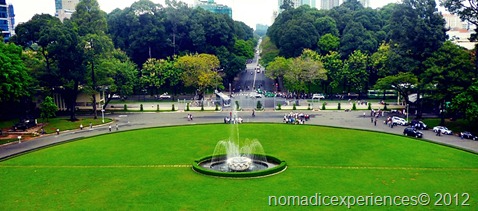 |
| The view from the 2nd flr window of the Palace |
It was eerie looking out from the second floor balcony and looking at that same gate more than 25 years after it happened. From where I'm standing I could see the bright green lawn and the center fountain. People walking and riding their motorcycles passing by peacefully without having to worry bout getting mowed down by machine gun fire or stepping into a landmine. I couldn't be glad about the time we're living in today. Displayed at the walls in the underground museum were images of the violent past that beset the palace. From its construction in 1873 when it was known as Norodom Palace in honor of then Cambodian King to the time during World War II when the palace was used by the Japanese as its colonial headquarters.
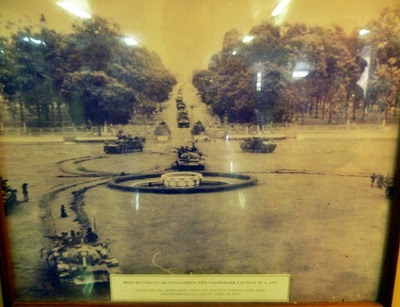 |
| The Fall of Saigon - tanks crashing through the gates of the Palace |
The Palace became one of the centerpiece in the foundation of current Vietnam as it went through various resistance and colonization. After the Japanese surrendered - the country was ruled again by the French until 1954 when the French themselves were driven out after surrendering to the Viet Minh, a communist coalition intent on liberating the country and set up a communist government. The French, left but not after negotiating a peace accord at the Geneva Convention which divided the country of Vietnam between the communist North Vietnamese and an anti-communist state in South Vietnam. The Norodom Palace and the city of Saigon, as stated in the agreed border of the 17th parallel between the two fronts, fell into the jurisdiction of South Vietnam.
 |
| My Brother posing in front of the Palace |
Power struggles ensued in the ongoing quest for the rule of South Vietnam. Questionable referendums and coup d'etat were waged in the capital of the Republic of South Vietnam. In 1955 self declared President Ngo Din Diem renamed the Norodom Palace as the Independence Palace. The palace was heavily destroyed in a small rebellion in 1962. The whole palace was ordered aground by Diem to make way for a new building designed by Vietnamese architect Ngo Viet Thu.
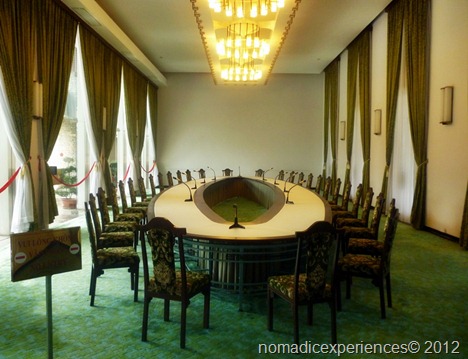 |
| One of the many rooms in the Palace. This one was a former conference room |
Influenced by feng shui design concepts and a mixture of modern and oriental architecture, the Palace finally achieved its own identity that up to this day makes it a compelling and interesting landmark in the city of Ho Chi Minh. President Diem would however fail to see the completed Palace as he and his volatile adviser and brother, Ngo Dinh Nhu was assassinated in the coup d'etat of 1963. The picture of the dead brothers - just right after they were killed, are still displayed in both the War Remnants Museum and the small museum located at the ground floor of the Reunification Palace.
 |
| Me posing with the bust of Ho Chi Minh |
The leadership of the Republic of South Vietnam changed hands a few more times after the death of Diem. Military juntas became a norm - just like what the Philippines also experienced during the Cory Aquino years. The palace then became the residence of Nguyen Van Thieu, who served as Chief of State from 1965-67 and President from 1967 until the fall of Saigon in 1975.
 |
| Ventilation and Sunlight friendly windows |
We first toured the grounds of the palace, walking around the impressive and large circular front lawn with its water fountain providing as its centerpiece attraction. Inside, we saw several former function and meeting rooms where the then President receives his official guests. There were also the dining rooms, diplomat's hall, the President's and his family's bedrooms. A small theater, Presidential office and other smaller and themed rooms like a 70's room where all the furniture looks like it came from that groovy decade.
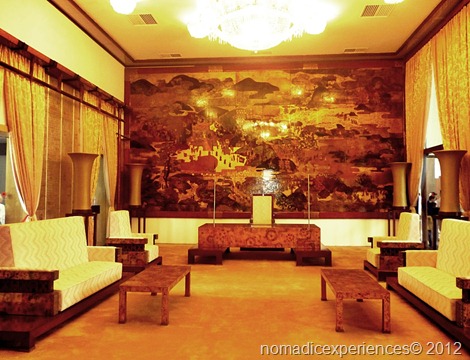
A sizable courtyard is found within the family quarters, it has a Japanese garden, pool and miniature water fountains. At the rooftop, it seems to me is where the Presidential parties were used to be held. It has a surrounding view of the city and a nearby heliport just in case the President needs to escape in a hurry.
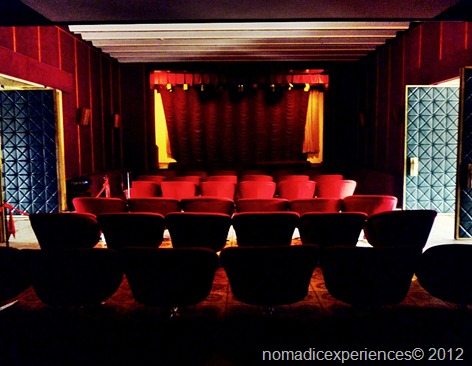 |
| Theater room |
What amazed me more was the underground hiding place. It is complete with communications, office, mesh hall, meeting rooms and has its own small sleeping quarters for the President and his family. In a volatile country still assuming its identity and the occasional revolts, plus the fact that the Northern Vietnamese army are closing in during the last years of the Vietnam War, a bunker like that is necessary for a last ditch stand or even a cowardly stand ala Adolf Hitler.
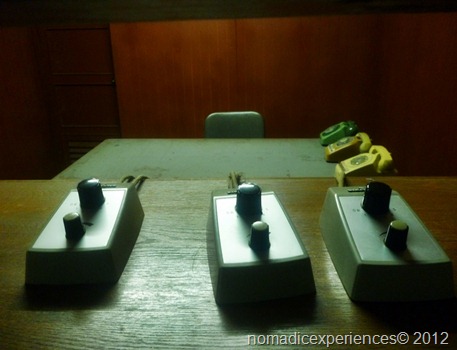 |
| Underground Communications Room |
As such with life about all good things coming to end. The partying and the center of South Vietnam's power came to a crashing halt when the North Vietnamese tanks finally rolled through the white gates of the Independence Palace and soon the city of Saigon fell through the hands of the communist. The palace then become the symbol of the end of the Vietnam War, a war which took the lives of millions of Vietnamese and more than 58,000 American soldiers.
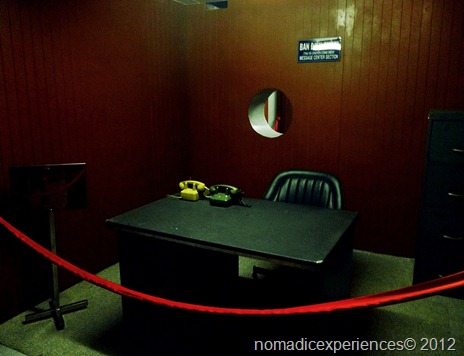
In November 1975 the Independence Palace was yet again renamed, but this time to its current name, the Reunification Palace. The merging of North and South spawned the Socialist Republic of Vietnam, a communist regime which then set up its capital to the city of Hanoi.
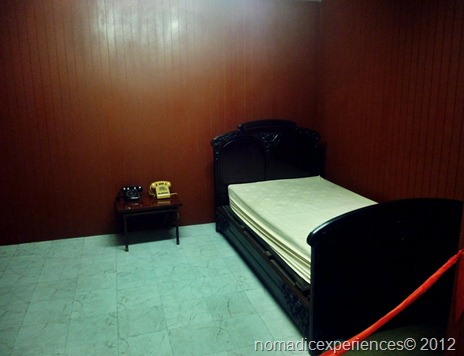 |
| President's bunker room |
Once the mighty symbol of the South Vietnam Government, to which, former US President Dwight D. Eisenhower said should be protected at all cost from the communist North Vietnam forces, to avoid what he calls as a "domino theory" of having countries in South East Asia fall to the communist regime one after the other. Well, history have shown us it wasn't the case. What happened in Vietnam was an isolated case that only affected their own and years after the end of the Vietnam War, the country has bounced back to its feet. Learning a terrible lesson from history, we should forever bear in mind what America should have known better that time. Who are we? to tell other nations how to rule themselves.

